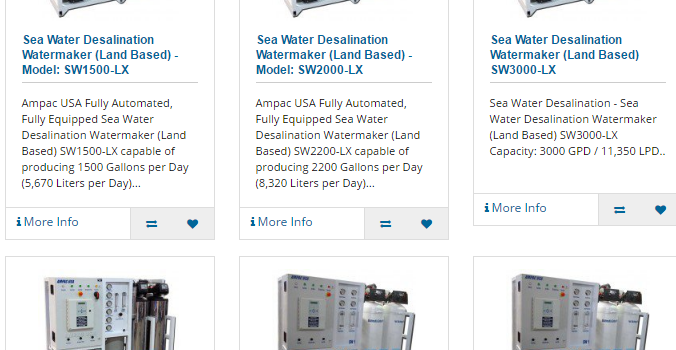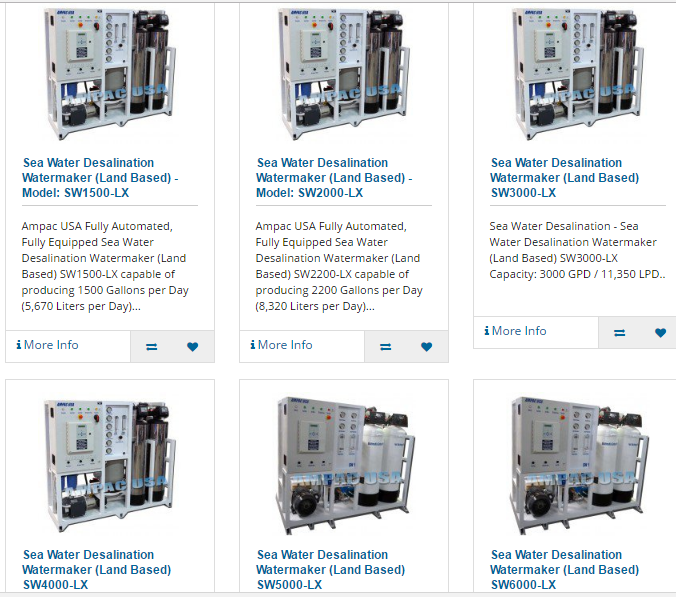Today, nearly 40 percent of the world population is suffering from water shortage issue, which is expected to reach to four billion by 2050. Many countries worldwide have opted desalination of brackish or seawater to meet their water needs. But can we view desalination as a sustainable solution?
Seawater desalination is not only sustainable but is also a solution to the increasing need of water for domestic, industrial and commercial use. Desalination is the process of extracting salt from brackish water to make it usable for drinking, irrigation and industry processes.
In the last decade, the production costs have decreased by a factor of two. It has become possible due to the efforts of water treatment industry and manufacturers of membranes and equipment such as turbines, pumps, and pressure exchangers. Desalination works on the reverse osmosis process, which is most efficient to make seawater drinkable.
Reverse osmosis is a membrane-based separation process that enables removal of 99.9% of the salts from water. To ensure sustainability of desalination process raw water quality is analyzed, environmental impacts are examined and appropriate line technology is defined. It is also suited with all the contexts, such as if you live in a coastal region or island where you need to treat seawater. Desalination process can also be automatically adjusted to the seasonal variations.











